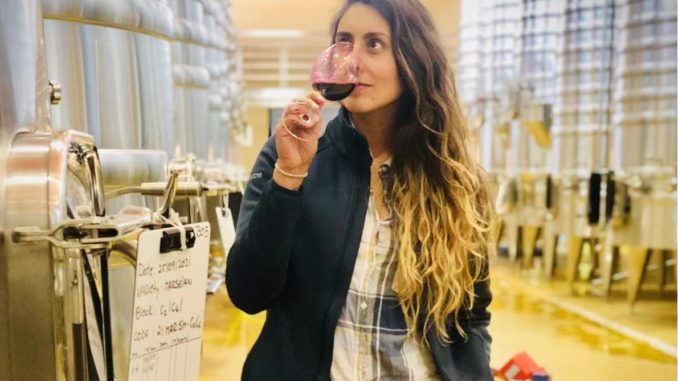
Chilean winemaker Maria Teresa Romero Ponce has made wine in three regions of China and is currently at Sun & Stone in Ningxia. In this Q&8, she discusses how Ningxia compares to other regions, her experiences making late harvest wine at Stone & Moon, plans for the upcoming vintage, thoughts about baijiu and more.
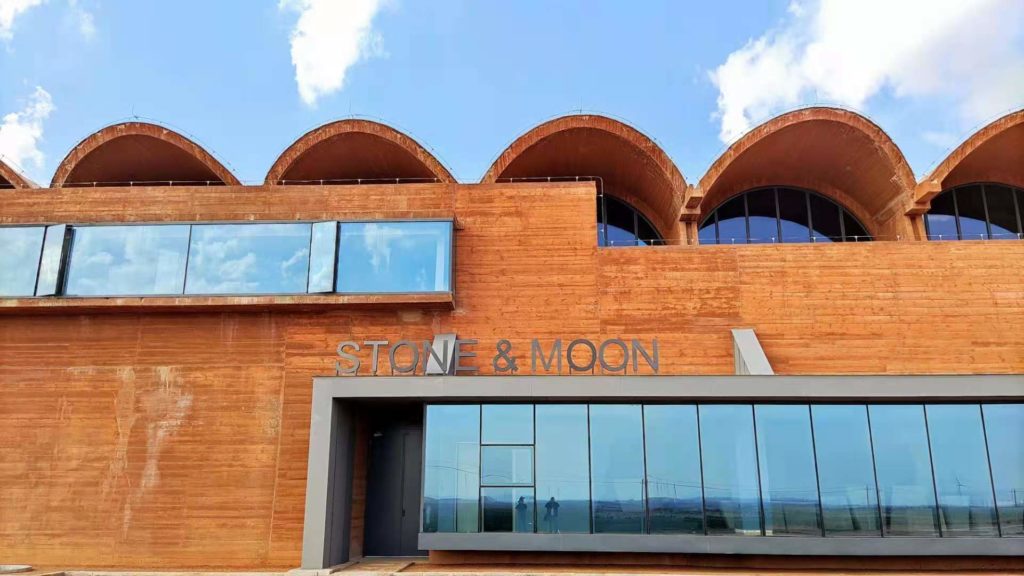
1 You returned to China during the COVID-19 crisis. What was that experience like?
Yes, I came back last year in July. It was a difficult process and a very long flight, with a lot of COVID tests. Once I arrived to China, I had to do 28 days of quarantine.
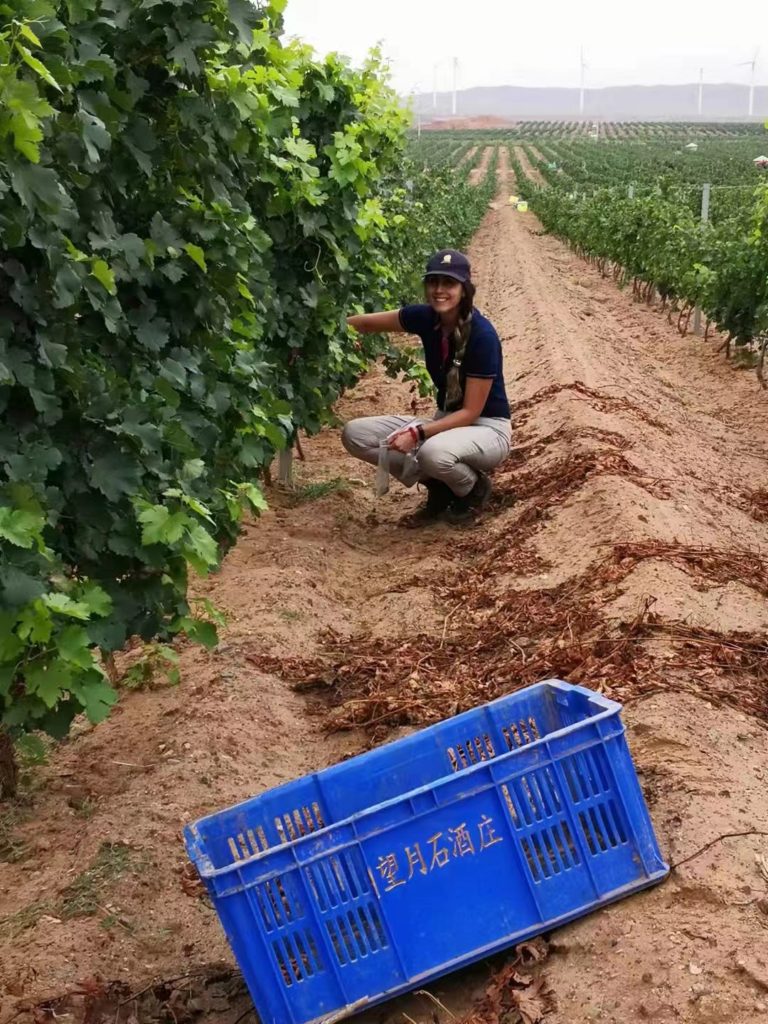
2 You’ve made wine in Yunnan, Shaanxi and Ningxia. How would you describe the “terroir” in each?
The terroir is different for sure! Yunnan, especially the area of Shangri-La, has a lot of microclimates that are affected by the elevation.
Shaanxi has two well-defined seasons—winter and summer—but rain in the middle of the ripening season. Choosing the right variety is key. We especially work with early-ripening varieties that we can harvest in the first or second week of September.
Finally, Ningxia is one of the famous regions for grapevines. It’s a hot climate area, really similar to the north of Chile or south of Australia. The difference is winters are really cold and dry, so we have to prune really early and bury the vines. These conditions make Ningxia a challenging place to grow vines, since irrigation and canopy management will be the keys to fighting against a short / fast growing period.
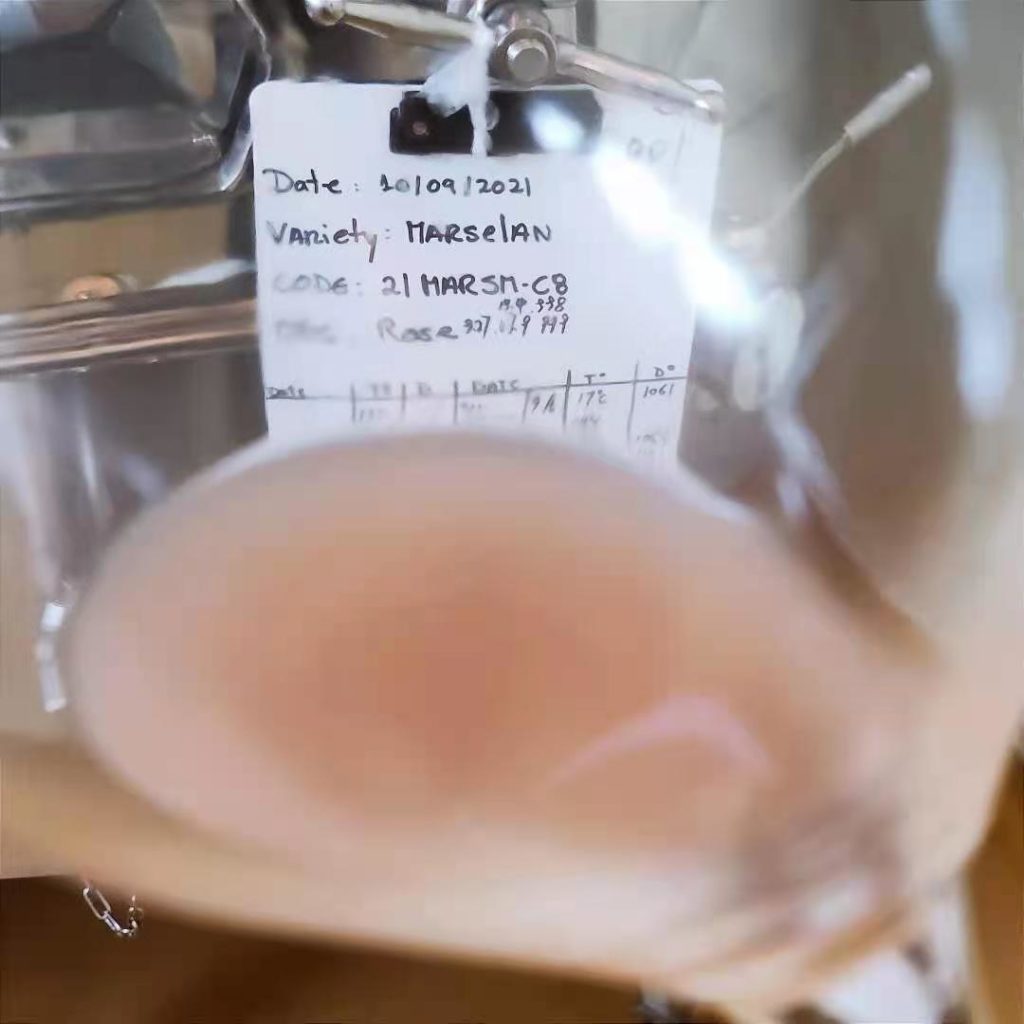
3 Last vintage, you worked on special projects at Stone & Moon like a Marselan rosé and a Viognier late harvest wine. How are those going?
Yes, for our first vintage, we wanted to do some trials. We did the Marselan rose and are really happy with the results. It is an aromatic and light-bodied wine with good acidity. The alcohol is a little high for a rosé, but that is something we learned and can improve on this year with an earlier vintage and better canopy management.
Regarding the late harvest wine, it is pretty intense on the nose and gives a lot of white flower and honey notes. Unfortunately, we only have 50 liters of this wine. Our main problem with late harvest is that we can’t wait as long as we would like because we need to do winter pruning in October. To make a proper late harvest wine, we should wait until late November.
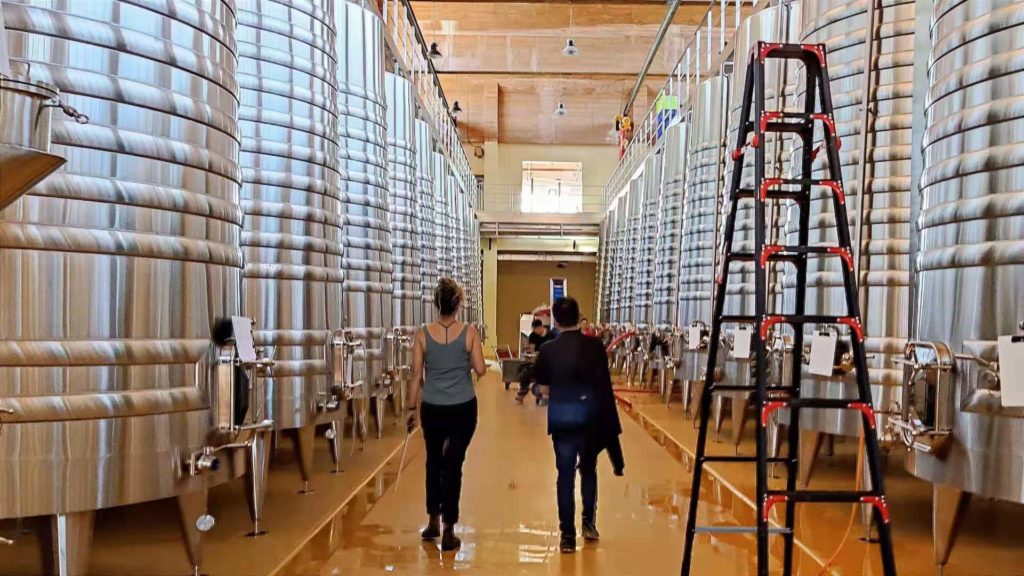
4 With one vintage in Ningxia under your belt, what do you plan to do differently next year?
There are a lot of things to improve, especially in the vineyards. One of the first projects is to build our vineyard database, so we can anticipate climate events and make better decisions.
Technology is the key for us, according to my experience in new vine-growing regions. Mechanization and new technology such as sensors can make a big difference, especially in Ningxia, where vines suffer a lot of water stress and the growing season is really short due to the high temperature.
In terms of winemaking, I will say our base is really good. Nevertheless, we want to become more sustainable and have fewer commercial products in the wine, so we would like to do some trials with wild fermentation and natural wines.
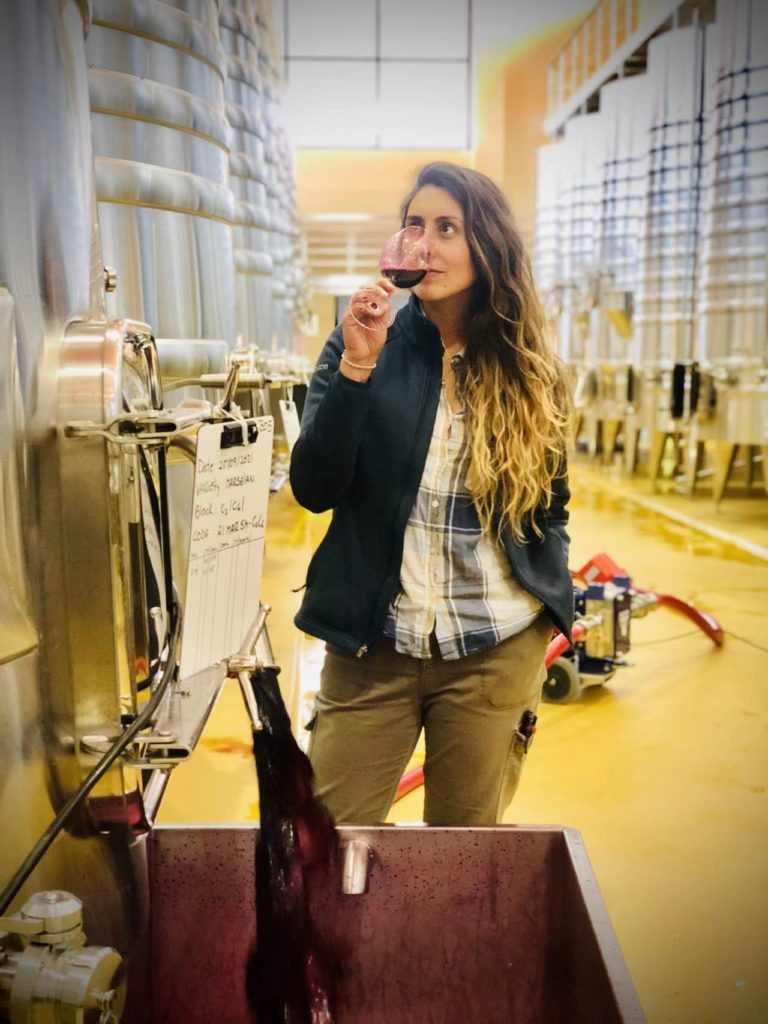
5 How did you become interested in wine? Was there a pivotal moment?
Actually, back in 2018, I was an on academic exchange in France and that totally changed my point of view about wine. For people there, wine is passion, art and science, all interacting at once. I decided: “This is what I want to do!”
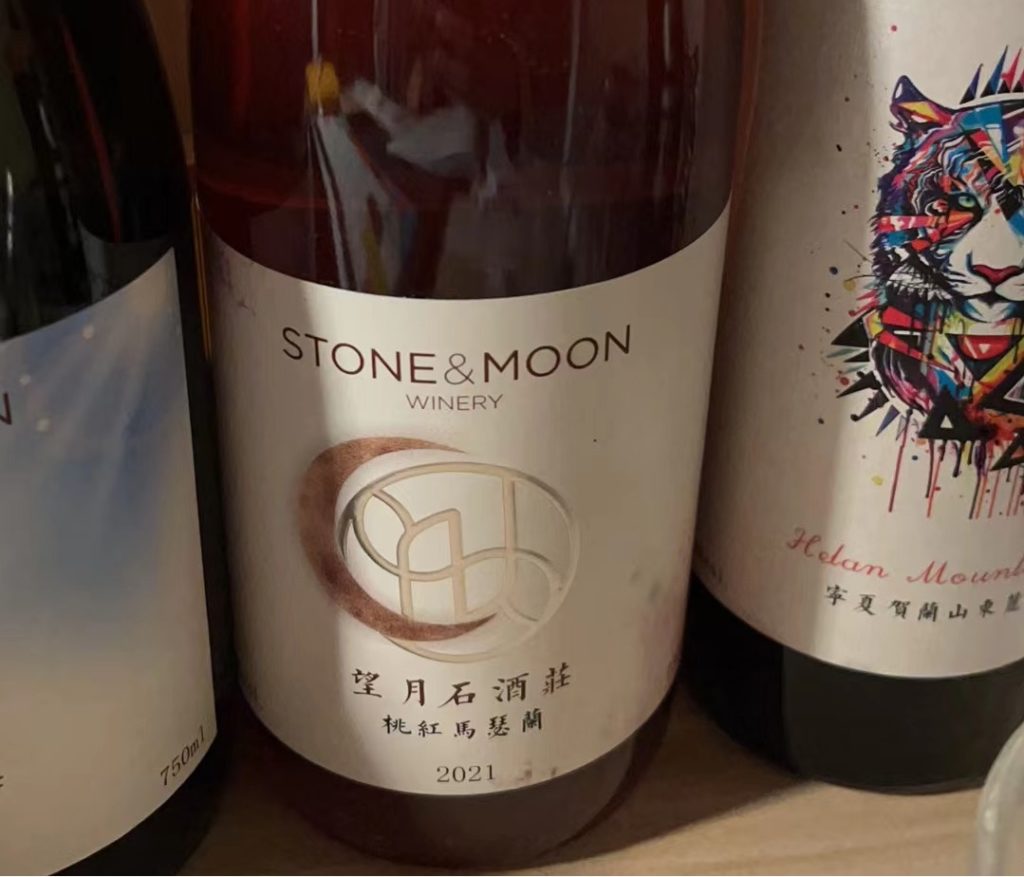
6 When I visited Stone & Moon, I remember you made quesadillas! What three foods do you miss most from back home? And what are your three favorite foods in China?
That is such a good question! Well, I miss empanadas, corn casserole (Pastel de Choclo) and lentils with sausages a lot. To be honest, I really like Chinese food. Some of my favorite dishes are mapo tofu ????, liang pi ?? and hot pot ??.
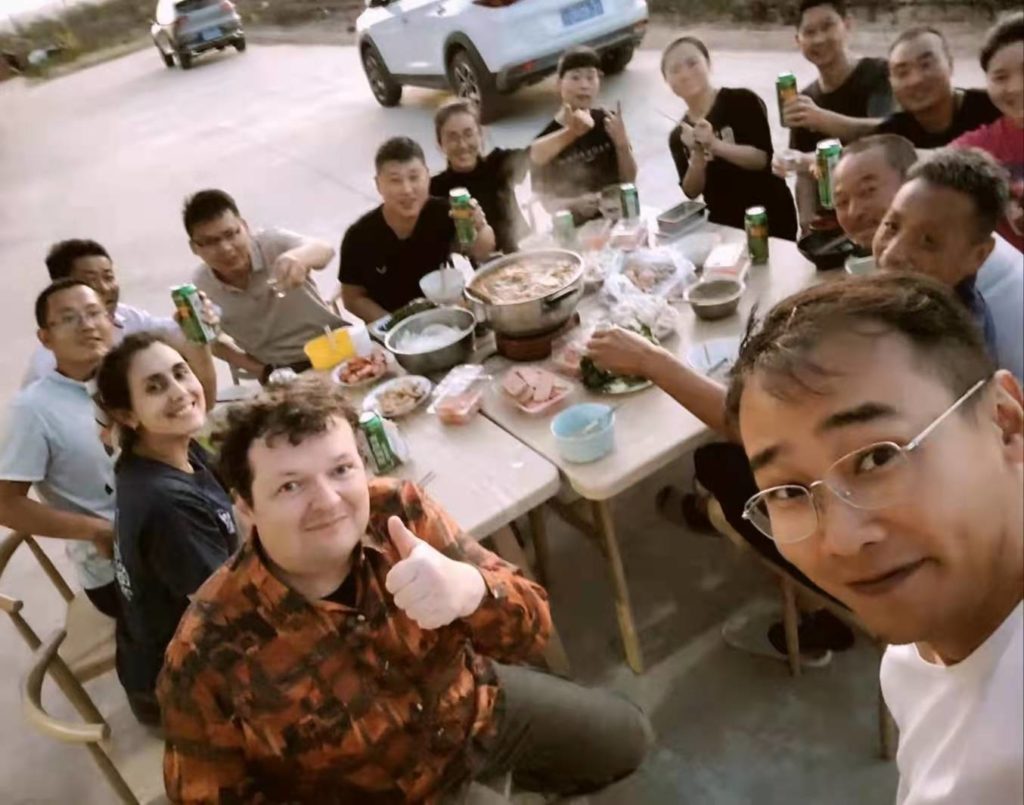
7 I also (kind of) remember doing a lot of baijiu shots with you, owner Paul and the winery crew. What’s your opinion of China’s national spirit?
It is really common, especially in the north of China, to drink baijiu. For me, it is really high in alcohol, but I have learned to differentiate the aromas and types of baijiu. Personally, I will always prefer wine.
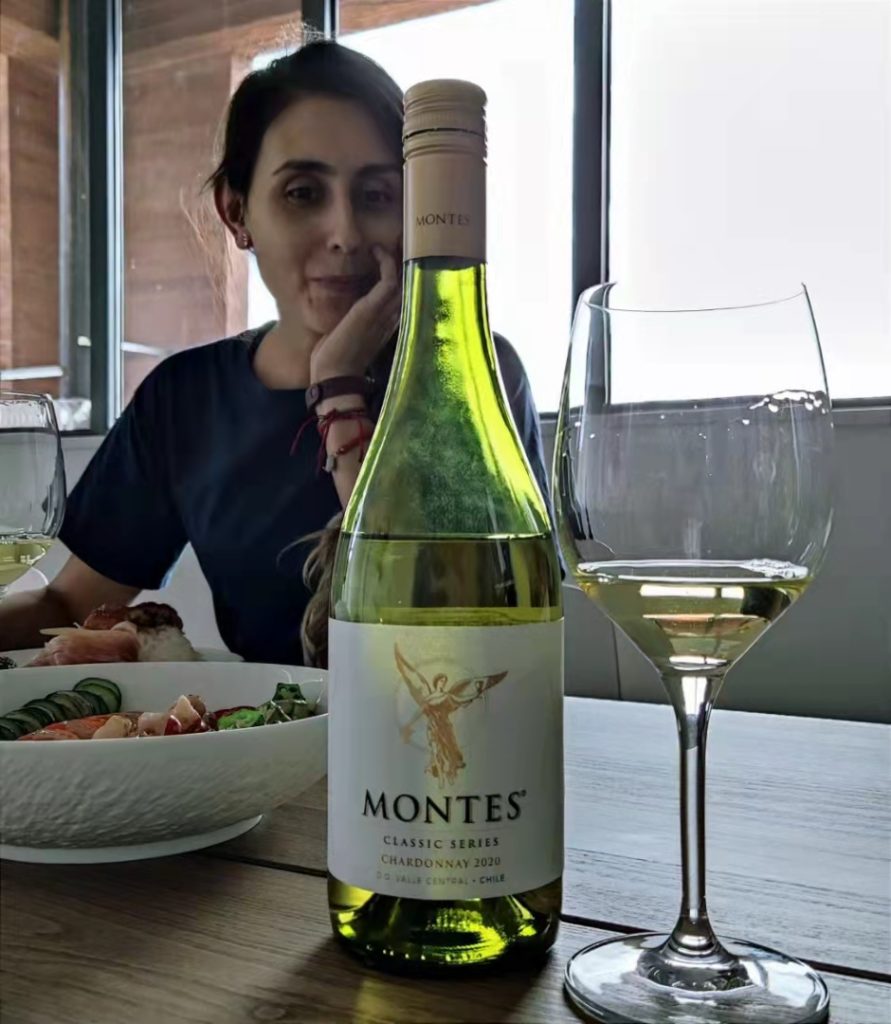
8 Chile is well-known for quality wine. What are three things about modern Chilean wine everyone should know?
Chilean wines have improved a lot in the last ten years. We are getting really good quality and promoting our emblematic varieties. We are expanding our growing areas, especially in Patagonia, so in the near future we will have totally different wine styles coming from Chile.
Here are three things about Chilean wine. First, Carmenere is our national variety, but nowadays we are pushing Carignan as emblematic of Maule Valley wines. Second, the wine industry has seen a lot of development and innovation. And third, the quality is amazing and comparable to Old World wine.
(Check out more Q&8s here.)
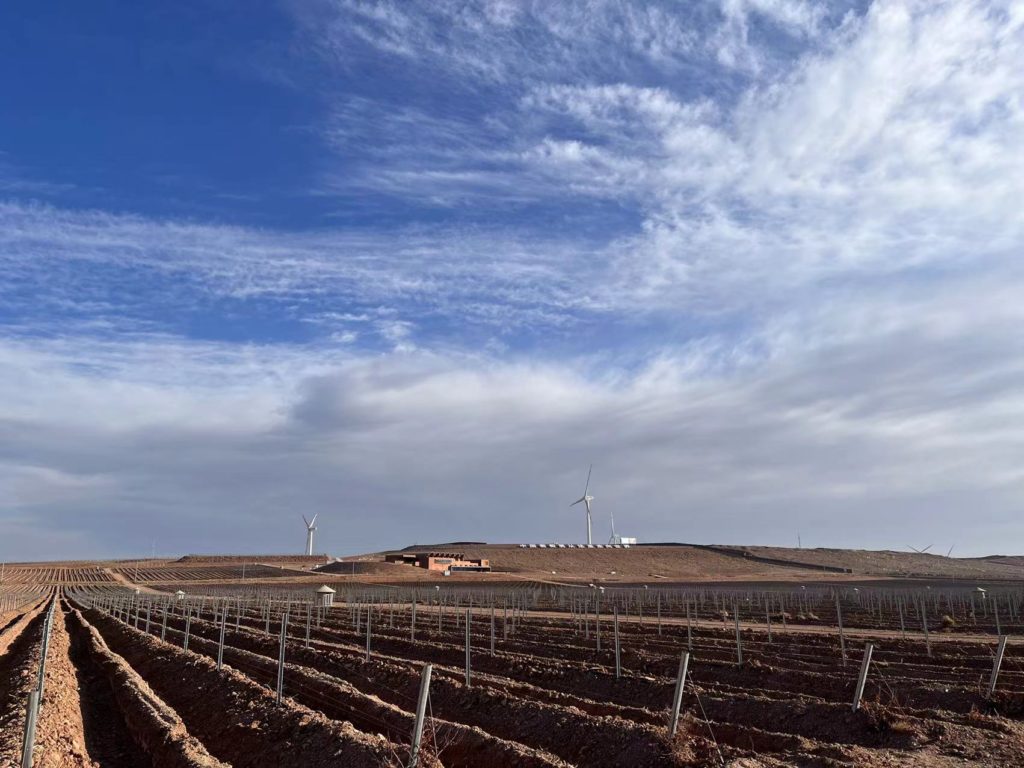
Grape Wall has no sponsors of advertisers: if you find the content and projects like World Marselan Day worthwhile, please help cover the costs via PayPal, WeChat or Alipay.
Sign up for the free Grape Wall newsletter here. Follow Grape Wall on LinkedIn, Instagram, Facebook and Twitter. And contact Grape Wall via grapewallofchina (at) gmail.com.

Leave a Reply
You must be logged in to post a comment.